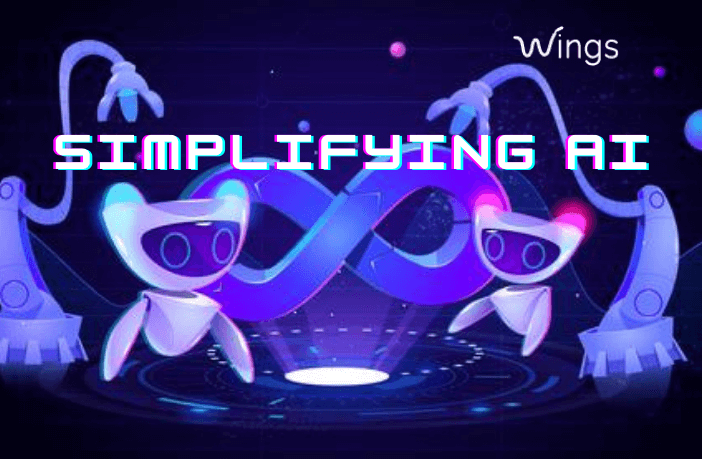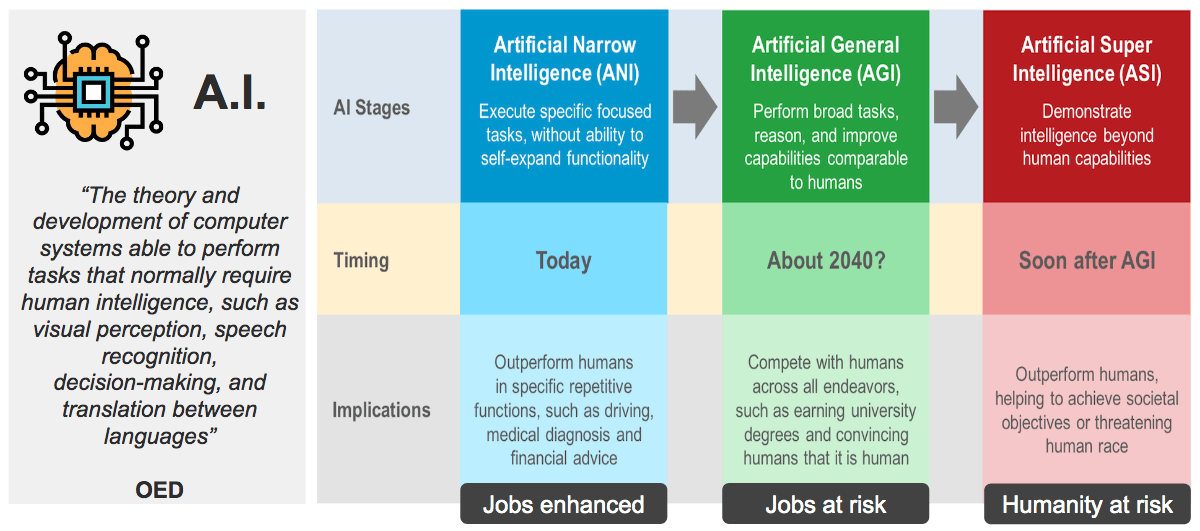Simplifying AI

At Pure Accelerate 2021, from SIRI to self-driving cars, artificial intelligence (AI) is progressing rapidly. Our world is becoming more and more integrated with AI. As you tell your Google Home, Amazon Echo, or even SIRI to play your favorite playlist, you’re interacting with AI. Thus, intelligence demonstrated by machines is known as Artificial Intelligence, which was coined by John McCarthy in 1956. Artificial intelligence is one of the most hyped technologies of recent years and is no longer just a fictional topic tossed around by Sci-Fi fanatics.
Artificial Intelligence has turned very popular around the world. AI has been divided into two types — weak/narrow AI, in which computers perform a very narrow set of tasks, such as driving a car, playing chess, or translating a language — and strong/general AI, in which a computer can reason, plan, think abstractly and comprehend complex ideas nearly as well as a human.
Let’s take a closer look!
What is Artificial Intelligence?
Artificial intelligence, a branch of Computer Science, is based on the principle that human intelligence can be structured in a manner that a machine can replicate to execute simple as well as complex tasks. Some of the programmable functions of artificial intelligence include learning, reasoning, and perception, planning, problem-solving, and decision making. AI Algorithm, unlike other algorithms, simultaneously takes a combination of both the inputs and the outputs so that the system can learn the data and display desired output according to the given input.
Artificial intelligence (AI) is a branch of computer science uptight with building smart machines capable of performing tasks that are replicated by human intelligence. AI is an interdisciplinary science with numerous approaches, but advancements in machine learning and deep learning are creating a paradigm shift in virtually every sector of the tech industry.
Artificial intelligence (AI) is a suitcase phrase. By this we mean three things:
- AI means nothing by itself.
- AI contains a bunch of ideas you have to unpack and understand individually before understanding the whole.
- Those ideas are often subjective, depending on who is speaking and who is hearing the term AI, in part because there is widespread disagreement (experts included) as to what is and is not part of the AI canon.
3 strain of Artificial Intelligence
1. Artificial Narrow Intelligence (ANI)
2. Artificial General Intelligence (AGI)
3. Artificial Super Intelligence (ASI)
 Advantages of Artificial Intelligence (AI)
Advantages of Artificial Intelligence (AI)
1. Reduction in human error
2. Available 24×7
3. Helps in repetitive work
4. Digital assistance
5. Faster decisions
6. Rational Decision Maker
7. Medical applications
8. Improves Security
9. Efficient Communication
Disadvantages of Artificial Intelligence (AI)
1. Cost overruns
2. Dearth of talent
3. Lack of practical products
4. Lack of standards in software development
5. Potential for misuse
6. Highly dependent on machines
7. Requires Supervision
As a beginner, here are some of the basic prerequisites that will help get started with the subject.
- A stronghold on Mathematics – namely Calculus, Statistics, and probability.
- A good amount of experience in programming languages like Java, or Python.
- A stronghold in understanding and writing algorithms.
- A strong background in data analytics skills.
- A good amount of knowledge in discrete mathematics.
- The will to learn machine learning languages.
Summing up
AI will be an integral component of an enterprise experience. Organizations will increasingly use and sometimes rely on AI systems to enhance their daily interactions with each other. In the next decade, AI will propel the powers of language translation and augmented creativity bringing a new dimension into digital transformation. I hope you liked this blog. For more details just drop a line here and we will be back within 24hrs.

 Advantages of Artificial Intelligence (AI)
Advantages of Artificial Intelligence (AI)















